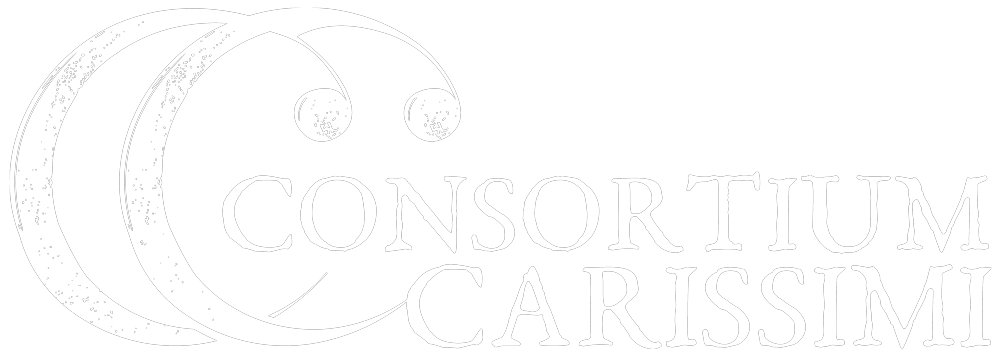My interest in sharing this blog is to see what thoughts people have about performance practices today of late  renaissance and early baroque music, sacred and secular. While in Italy, I was fortunate to spend a lot of time performing the music of those time periods. I spent several years singing in the Cappella Sistina (the Sistine Chapel Choir) at Papal Masses. I sang when John Paul II was Pope and Maestro Bartolucci was the director. Domenico Bartolucci passed away on November 11 of this year. More on him and his work as a composer is here at Praytell Blog. http://www.praytellblog.com/index.php/2013/11/11/cardinal-bartolucci-dies/
renaissance and early baroque music, sacred and secular. While in Italy, I was fortunate to spend a lot of time performing the music of those time periods. I spent several years singing in the Cappella Sistina (the Sistine Chapel Choir) at Papal Masses. I sang when John Paul II was Pope and Maestro Bartolucci was the director. Domenico Bartolucci passed away on November 11 of this year. More on him and his work as a composer is here at Praytell Blog. http://www.praytellblog.com/index.php/2013/11/11/cardinal-bartolucci-dies/
(One of the reasons I became an avid reader of Praytell, was this first blog post that I read. http://www.praytellblog.com/index.php/2011/05/30/clash-of-choirs-pugnacious-about-palestrina/)
While in Italy, I also sang in the Swiss Italian Radio Choir in Lugano, under Maestro Diego Fasolis. http://retedue.rsi.ch/home/networks/retedue/concertiauditorio/2013/03/29/diego-fasolis.html
For discussion purposes in considering the two maestri, Bartolucci and Fasolis, I would like to consider performance practice of this repertory which was performed within a liturgical context, a.k.a. sacred music.
The first document of Vatican II Sacrosanctum Concilium, chapter VI, n. 114 helps to locate this past history with the notion of a treasury of sacred music. In a doctoral dissertation that I defended this past summer in Rome, I often quoted Fr. Anthony Ruff from St. John’s in Collegeville: “The belief that traditional music should be preserved and cultivated in the modern liturgy, presupposes some sort of historical consciousness meaning both an awareness of historical evolution in musical composition and practice, and also employment of musical works of past eras.”
[1] Fr. Ruff suggests that this historical consciousness is not traditional in the strictest sense of the word, since it does not really belong to the history of music or to liturgy. It is the collective awareness of two distinct manners of composing and performing music; old versus new, prima prattica versus seconda, bad versus better, outdated versus contemporary, while continuing to perform the old, compose the new, in the style of the old. The first indications of this type of historicism can be located in its conception in the late renaissance, growing and evolving into the eighteenth century with a first real stage of consciousness beginning in the 1800s. A second stage is in 1850, but its complete uncovering of all musical aspects only begins in 1900.
I have worked with numerous European early music ensembles. Every director, like Fasolis and Maestro Bartolucci, has a philosophy of performing music, and specifically, performing early music. Over the years of working with my colleagues in Consortium Carissimi, we developed our own philosophy on performance practice.
When considering the singers, the bar was set very high since good sight reading skills, knowledge of language pronunciation and solo singing as well as ensemble, were essential for a distinct performance practice. All voices were assigned one to a part. In addition to the basses and tenors, we would often use male altos, but not exclusively, since our sopranos were female, and we always varied the sound with female altos and mezzo-sopranos. Well-supported vocal production and sensitivity to the harmonic structure of dissonance and chromaticism make singing one to a part great fun and interesting to the listener. A good sense of tactus and text declamation provides the framework for not “conducting” much if anything.
When considering the instruments, we indulged in fine musicians and their period instruments, whether viole da gamba, lirone, baroque cello, violone and violins, dulciana, fagotto, oboes, traverse flutes, trombones and trumpets, harp, organ or harpsichord. These are the particular historical sounds of this repertory and the varied concert pitch was determined by their construction (set at A415 usually, but not always). This is one side of the coin of early music performance practice. The other side of the coin is to perform with instruments of today at A440 and with larger forces of voices. When considering Karl Richter, Helmut Rilling and Glen Gould and their interpretations of Bach, one needs to say that both are valid.
Nowhere in our Consortium philosophy did we consider our performances to philologically reproduce what might have been done in the seventeenth century. Our goal was, and still is, to combine these vocal and instrumental artistic qualities mentioned above, with great gusto in performing today, great music of the early baroque. My question is; where does this historical consciousness in modern day performance practice of early music become evident and establish (consciously or not) performance practices for performing new sacred music of today. How does the practice of the old influence the new?
[1] Ruff, Sacred Music and Liturgical Reform, 56 (underscores mine)
